License Plate Recognition Vs. Vehicle Recognition: Understanding The Similarities And Differences
These days, vehicle recognition and license plate recognition (LPR) are sometimes used interchangeably. In either case, users gather data when a vehicle passes a surveillance camera. That data, however, is quite different in either case as are the applications – although there is some overlap.
Strictly speaking, LPR focuses only on extracting data from the vehicle’s license plate. At its most rudimentary, an LPR solution will capture the alphanumeric data that makes up the main portion of the license plate. This is often done using basic optical character recognition (OCR), in which the software simply “reads” the alphanumeric characters.
For many applications, this simple approach fits the bill. Vehicle access control, for instance, can be automated with this approach, particularly when there is a known quantity of vehicles with no risk of plate duplication. The camera sees the plate and sends the image to the LPR software, which reads the characters. If the character string is in the database of approved vehicles, the LPR software triggers a gate to open. Such an approach can also work for site security in which an alert is sent if the LPR software detects plate characters on a hotlist – perhaps one associated with a disgruntled former employee.
In any case, the solution’s benefits include cost-effectiveness, as the computing requirements are minimal and almost any IP camera capable of providing a clear plate image will do.
What about situations, though, in which it’s necessary to read the alphanumeric characters and the plate jurisdiction? Maybe you want to track where vehicles are coming from for marketing purposes. Perhaps you want to be able to enhance security by using both the plate and jurisdiction data as factors for vehicle access. In such cases, artificial intelligence (AI) must come into play.
Built into the LPR software, AI is used to determine what jurisdiction issued the plate. It does this by analyzing certain aspects of the plate that are consistently used in a particular jurisdiction. This might be a logo or other artwork, for example. Many current LPR solutions have AI embedded in them to provide this functionality, as it provides room for growth as needs change.
This type of AI-enabled LPR solution can suit a variety of applications:
- Site security in both the public and private sectors
- Government facilities
- Military bases
- Commercial facilities
- Retail sites
- Traffic monitoring and security at airports and similar high-traffic locations
- Security in residential communities
- Toll plazas
The benefits of such LPR solutions typically require additional computing power to accommodate the AI. This could mean having to make investments in new computer hardware. Cameras specifically designed for LPR applications may also be required, particularly those capable of reading plates at night.
The most sophisticated use cases, however, call for vehicle data that comes from more than just the license plate. Consider citywide surveillance and law enforcement applications, for instance. Requests for law enforcement officers (LEOs) to “be on the lookout” – a “BOLO” – include more than just plate characters and jurisdiction. They also ask officers to look for particular vehicle makes and colors. Such applications are beyond even the most advanced LPR solutions. They require vehicle recognition solutions (VRS).
VRS builds upon LPR technology by expanding the capabilities of the embedded AI so that it can also identify vehicle features such as color, make, and even model. When deployed on a large scale, such as throughout cities, counties, or states, VRS can monitor dozens – even hundreds – of camera feeds for the right combination of plate and vehicle information. It can deploy alerts within seconds of positively identifying a vehicle so that LEOs can take immediate action.
This kind of advanced technology requires the most computing power, particularly when deployed across large numbers of cameras. They tend to be quite scalable, however, requiring only additional cameras and computer hardware as needs grow.
Deciding which approach is best for your application requires a professional to help you determine the scope of the project. Contact your omniQ sales representative. They will be happy to assist you in figuring out what LPR solution or VRS is best for your specific use case.
